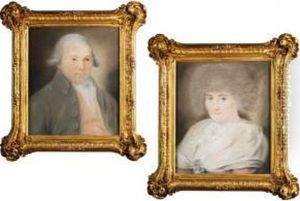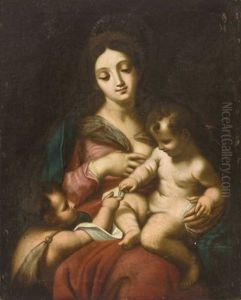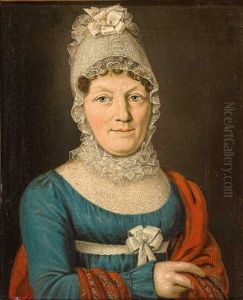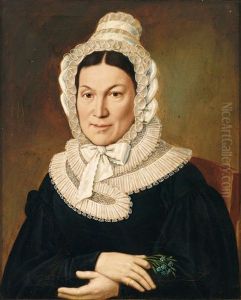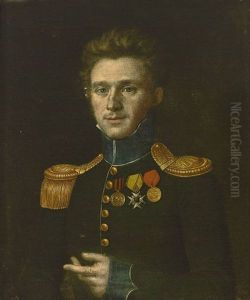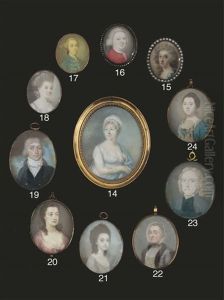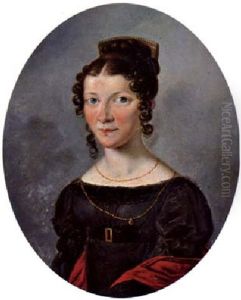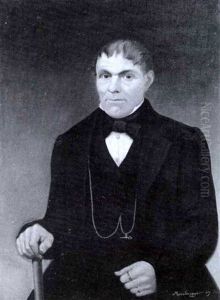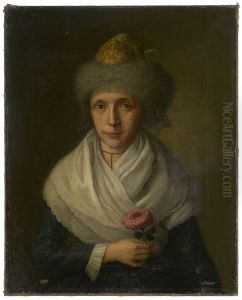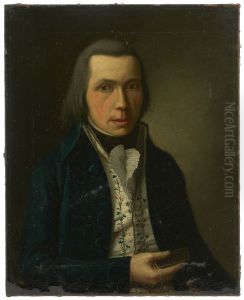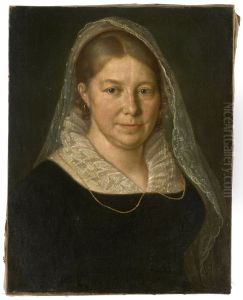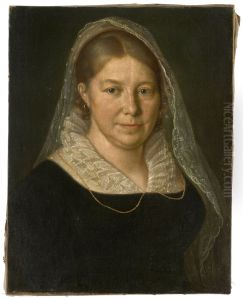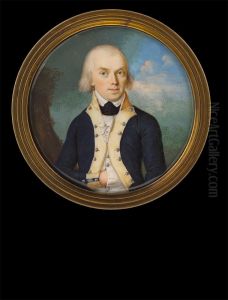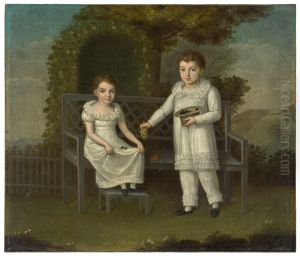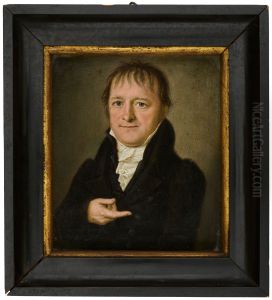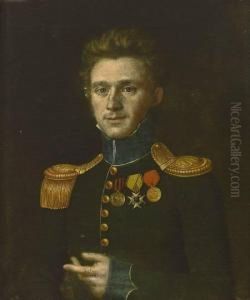Wendelin Moosbrugger Paintings
Wendelin Moosbrugger was an Austrian painter and engraver born in 1760 in Schruns, Montafon, a region in Vorarlberg, Austria. He hailed from a family deeply rooted in the arts, which fostered an environment that nurtured his artistic talents from a young age. Moosbrugger's artistic journey began under the guidance of his older brother, Friedrich Moosbrugger, who was also a prominent figure in the arts. This early exposure to the world of painting and engraving set the stage for Wendelin's future career and his contributions to the art world during the late 18th and early 19th centuries.
Moosbrugger's work is characterized by its meticulous attention to detail and the vibrancy of its subjects, which ranged from portraits to religious themes. He spent a significant portion of his career in Italy, where he was influenced by the Renaissance masters. This influence is evident in his technique and the compositional elements of his pieces. Moosbrugger was particularly adept at capturing the nuances of human expression, a skill that made his portraits highly sought after by the European aristocracy of his time.
Throughout his career, Wendelin Moosbrugger contributed significantly to the development of neoclassical art, a movement that sought to revive the ideals of ancient Greek and Roman art. His works are notable for their classical elegance and the harmonious balance between form and content. Despite his success, Moosbrugger remained dedicated to his craft, continuously refining his techniques and exploring new artistic avenues.
Wendelin Moosbrugger passed away in 1849, leaving behind a legacy that has endured in the art world. His contributions to painting and engraving have been recognized in various exhibitions and retrospectives, highlighting his role in the evolution of European art. Moosbrugger's work continues to be celebrated for its beauty, technical skill, and the emotional depth it conveys, securing his place among the notable artists of his era.
